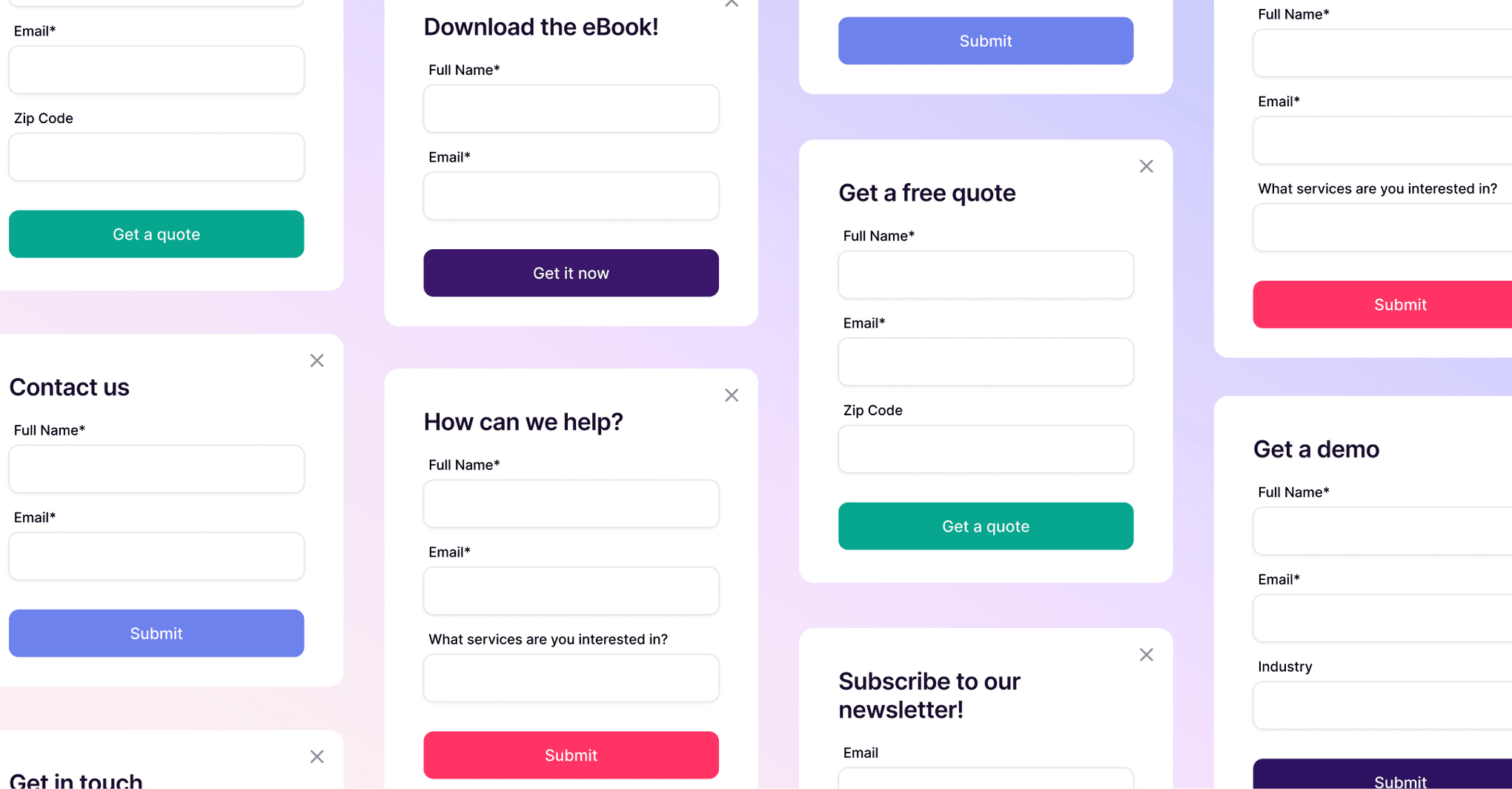Morgan Norman
If you’ve visited our website, seen our ads, or read about us in the news, you might notice that when we talk about Copper, we don't write “crm” the same way other companies do.
It's a small change that reflects a big shift in the way we think about our industry, the software world, and relationships as a whole.
So, we wanted to explain exactly why we don't capitalize crm.
“CRM” has a reputation problem.
In most companies, “CRM” has a bad reputation: it’s a three-letter word that’s mumbled throughout the day—and the bad rep is probably deserved. Our own research shows that two-thirds of users wouldn't describe their CRM as effective. When asked about the biggest challenges with their CRM software, the same problems cropped up time and time again:
- Keeping data up-to-date (52%)
- Entering data (49%)
- Team adoption (38%)
- Difficult to use (24%)
- Doesn't show the right information (20%)
The research shows that traditional CRM is complicated and high-maintenance—after all, it's a glorified customer database with a 1990s interface stuck on top. Unsurprisingly, most crms just don't stick: we found that 45% of respondents had already used 3-5 separate crms in their career.
But Copper isn't like any other CRM you've ever tried before.
Every molecule of our DNA is built around the end-user experience. Copper’s crm is intuitive where traditional CRM is bloated and complex. This crm is up-and-running in minutes instead of the weeks and months required to install and integrate the old guard of CRMs (and let’s not forget about the staggering professional services’ costs). Copper looks and feels like modern software, and perhaps most importantly, it eliminates data entry.
We're part of a new breed of tools—alongside the likes of Zendesk and Intercom—that are changing the face of relationship management. We're radically different than old-school CRM-in-big-capital-letters, and lowercasing crm is our shorthand for reflecting those differences.
Relationships aren't limited to customers.
Back in the era of the Scotch-swilling salesmen when sales were won and lost in the space of a few rounds of golf, “relationship management” was simply a synonym for “closing deals,” and every part of old CRM software was built around a transactional sales model: sellers tracked business cards, customers and deals, while managers kept tabs on their sellers, and that was that.
But today, business relationships extend further than those original systems were designed to accommodate. Growing a company still depends on great customer relationships, sure—but it also relies on dozens and dozens of other relationship types, like:
- Partners, including VARs (value-added resellers) and affiliate partners
- Investors, including angel investors and venture capital funds
- Creative agencies, including design partners and paid advertising managers
- Freelancers, including copywriters and developers
These are just a fraction of the relationships modern businesses build each and every day.
Each of these relationships plays a vital role in a company's growth. Great investor relationships can streamline the next funding round; effective VAR partnerships can generate a fortune in additional revenue; and a close-knit dynamic with creative partners can contribute to world-class branding, product design and marketing.
By lowercasing crm, we're de-emphasizing a myopic focus on deals. We're encouraging everyone to think of crm as a tool for managing all types of relationships—not just “customer” relationships, but also investors, partners, agencies... you name it.
The buyers have changed.
There’s still an urban myth that all CRM projects are started and run by IT teams…
And it’s simply not true. Instead, crm projects are triggered by a handful of business-wide pain points: a lack of usable customer data, losing leads, losing revenue, or simply needing a better way for all go-to-market teams to work together.
Today’s crm projects are typically driven by “doers”—execs, managers, sellers, marketers—who are simply trying to solve painful problems:
- CRM is too IT-heavy, and users can’t change fields or run reports
- Forecast are difficult to generate, or worse, inaccurate
- Teams just aren’t using their current CRM
- It’s difficult and costly to train people to use it
- Data is incomplete and outdated
- No one can see a complete picture of their business relationships
- It’s virtually impossible to integrate with marketing forms and lead gen tools
- It costs a fortune to implement
This no longer an “IT initiative”—crm is a whole-business initiative. Instead of leaving software purchases at the mercy of IT teams and complicated RFPs, modern crm tools—like Copper—are intuitive enough to be managed by office managers, sales managers, and anyone else who’s interested.
Our customers don't care about categories.
Ultimately, the only people who obsess over labels are analysts, press teams, and a handful of industry thought-leaders and critics. Their news articles and review systems need every tool and process to fit into a tidy category, so “CRM” in big, capital letters has been allowed to overstay its welcome.
But software is evolving. Complex, standalone tools—like the traditional systems that many companies still battle with—are being augmented and replaced by productivity suites, packed full of tools that work where you do. Instead of managing a dozen logins and switching between tools multiple times a day, these tools work directly in Gmail, Google Docs, Sheets, and Calendar.
After all, 91% of our customer communication happens in email, accounting for a huge portion of our time—so why work anywhere else?
This makes it harder for analysts to categorize and label, but it makes life much better for end users—and that's what matters. Our 12,000 customers don't care about the category or the label of their software; they only care that it works. Our customers aren't looking to buy a “CRM” tool—they're looking for a better way to manage their relationships, and a better way to work together.
We've lowercased crm to keep it in the background, where it belongs. We don't obsess over labels and categories: we obsess over lasting relationships and standout user experiences.
Putting users first.
Simply put, we put our customers before our category. We wanted to shift the focus away from the old school “CRM” industry and towards an entirely different—and entirely better—way to manage relationships.
Copper isn't like the bloated, complicated products that have come before.
Copper is the crm that works for you.






